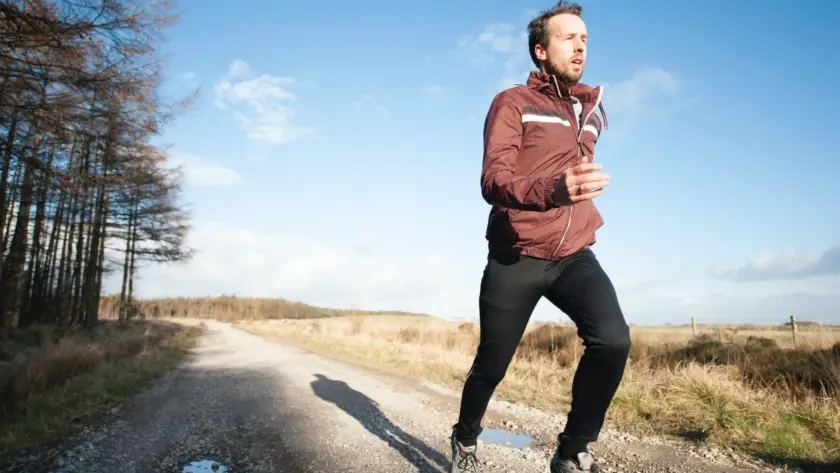Five Essential Tips for Running
Running is a convenient way to stay active. You don’t need a gym membership, a bunch of equipment, or a special place to do it. Just get outside and start running!
But there are some things you should know. As a high-impact activity, running can put a lot of strain on your body, so it’s important that you do it properly to avoid injuries.
Insights and Advice from Activa Clinics for Enhancing Your Running Experience
If you’re ready to get started, here are five essential tips for running:
Warm Up and Cool Down
Most people know that doing some kind of warm-up is important to get your body prepared for exercise and avoid injuries. It gradually warms up your core muscle temperature and increases blood flow.
But did you know that the cool down after a run is just as important? If you stop exercising too suddenly, it can cause cramps, nausea, or even fainting.
So warm up by beginning your run with some stretches followed by 10 minutes of walking or slow running. End your run the same way to cool down.
Start slow
Whenever you are starting a new exercise or increasing its intensity, there is some risk of injury. That’s because your muscles and joints may not be prepared for the new amount of strain they’ll be experiencing.
So if you are just getting into running, don’t overdo it. Start with shorter runs before going long distance, and focus on a comfortable pace instead of pushing yourself to your limits.
When you’re ready to increase the intensity of your runs, you should do it gradually over time. As a rule of thumb, you shouldn’t increase the length of your runs by more than 10 percent per week.
Get proper footwear
Wearing the right shoes is essential to running comfortably. Ensuring your shoes provide proper support and cushioning can help you prevent pain in your feet, knees, back, and other areas of the body. So get a good quality pair of running shoes, and make sure you replace them before they get totally worn out.
The best option would be to invest in custom orthotics. They provide support that’s tailored to your unique biomechanics and can help you move as efficiently as possible.
Change it up
If running is your go-to physical activity, you should consider changing it up a bit.
Alternating running with low-impact activities can help you avoid joint pain and injuries. Incorporating activities like cycling, elliptical training, or swimming can add variety to your routine.
Also, cross-training can make you a better runner. Activities like cycling will strengthen the supporting muscles used while running, while also giving your primary running muscles a chance to rest and recuperate.
Stay safe
If you’re running on a road that has a sidewalk, you are required by law to use the sidewalk. However, when there’s no sidewalk, you’re allowed to run on the shoulder, and there’s no federal law about which side to run on.
To stay safe when running on the side of a road, you should run against traffic. This lets you see what’s coming, so you can adjust your position or react to distracted drivers. Also, always wear clothing with high visibility.
